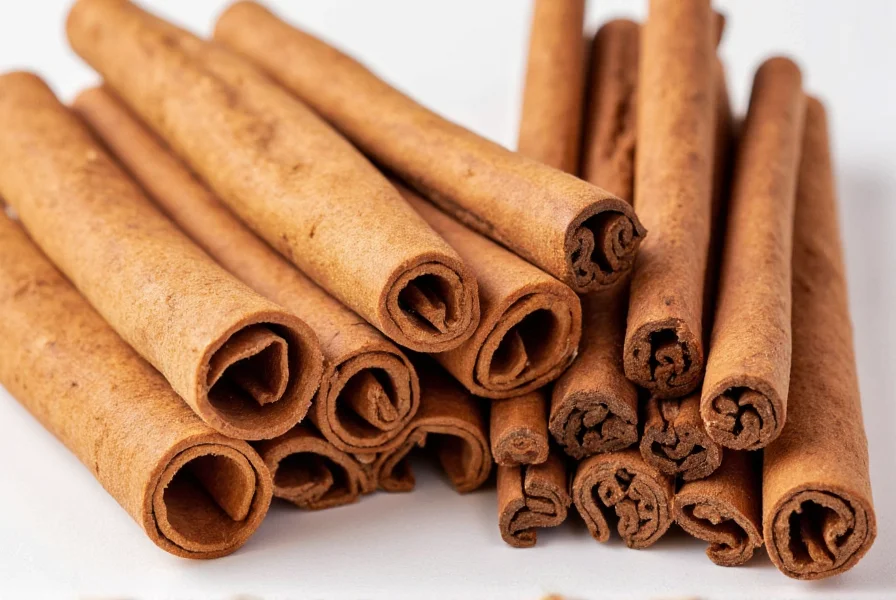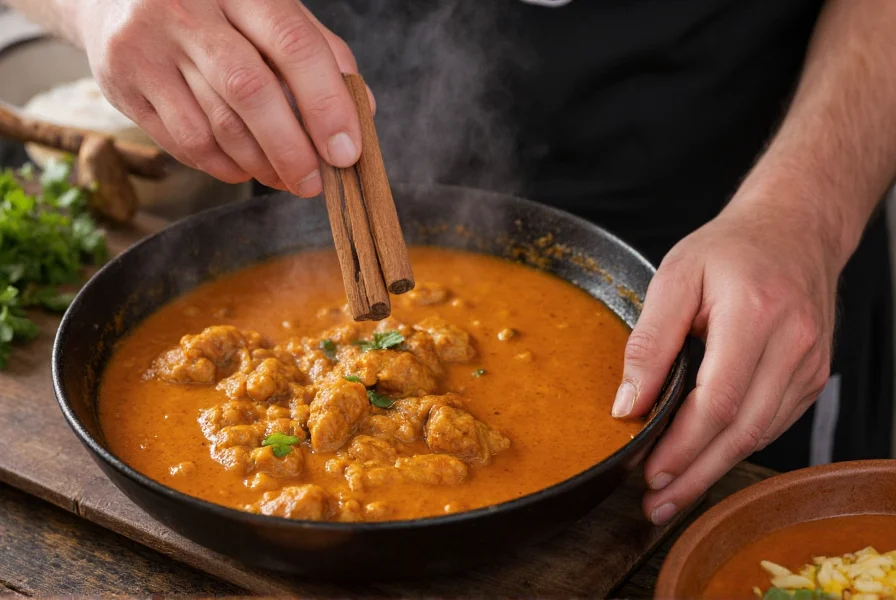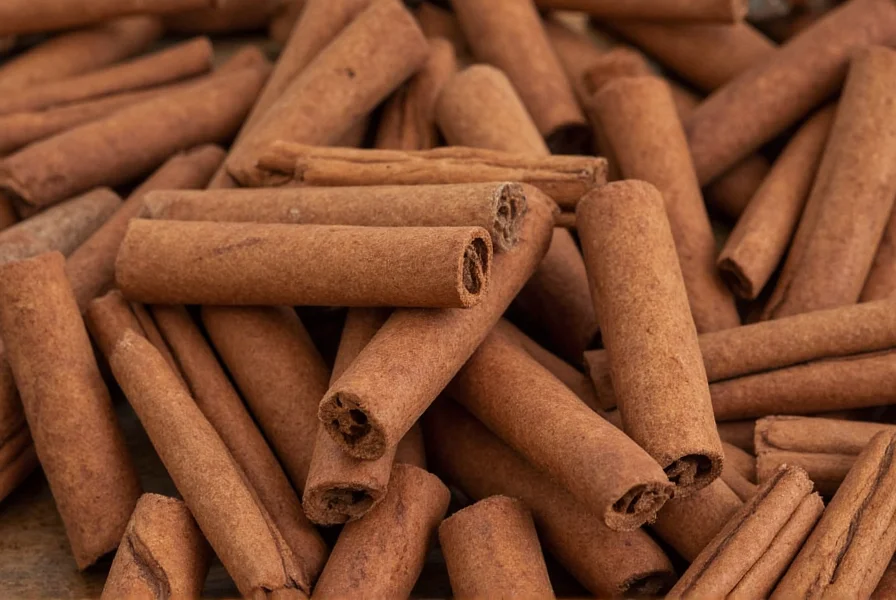When searching for cylon cinnamon, you're likely looking for information about Ceylon cinnamon—a frequent spelling confusion that redirects to one of the world's most prized spice varieties. Understanding this distinction is crucial for both culinary applications and health considerations.
What Exactly Is Ceylon Cinnamon?
Ceylon cinnamon (Cinnamomum verum), often labeled as "true cinnamon," originates from Sri Lanka (formerly Ceylon), where it has been cultivated for centuries. This delicate spice comes from the inner bark of the Cinnamomum tree, carefully harvested and processed into thin, tightly rolled quills that form multiple layers when viewed from the end.
Unlike its more common counterpart Cassia cinnamon (typically labeled simply as "cinnamon" in North American markets), Ceylon cinnamon contains significantly lower levels of coumarin—a naturally occurring compound that can cause liver damage when consumed in large quantities over time. This fundamental chemical difference makes Ceylon cinnamon the preferred choice for regular consumption, particularly for children, pregnant women, and individuals with liver conditions.

Ceylon vs. Cassia Cinnamon: Key Differences
Understanding the distinction between these two cinnamon varieties is essential for both culinary precision and health safety. The following comparison highlights their most significant differences:
| Characteristic | Ceylon Cinnamon | Cassia Cinnamon |
|---|---|---|
| Scientific Name | Cinnamomum verum | Cinnamomum cassia |
| Origin | Sri Lanka, India | China, Indonesia, Vietnam |
| Bark Structure | Multiple thin layers (like parchment) | Single thick, hard layer |
| Color | Light tan to medium brown | Dark reddish-brown |
| Taste Profile | Subtle, sweet, citrusy notes | Strong, spicy, more intense |
| Coumarin Content | Approximately 0.017g/kg (very low) | Approximately 2.1-6.6g/kg (high) |
| Price Point | Higher (premium product) | Lower (more widely available) |
Health Benefits Supported by Research
Ceylon cinnamon's unique chemical composition contributes to several potential health benefits. Unlike Cassia, its low coumarin content allows for safer regular consumption while still delivering valuable bioactive compounds.
Multiple studies indicate Ceylon cinnamon may help regulate blood sugar levels by improving insulin sensitivity. A 2015 review published in the Annals of Family Medicine found that cinnamon consumption demonstrated modest improvements in fasting blood glucose levels. The spice's high antioxidant content—particularly polyphenols—also contributes to its anti-inflammatory properties.
Research suggests Ceylon cinnamon possesses antimicrobial properties effective against certain bacteria and fungi. Its antioxidant capacity ranks among the highest of all spices, potentially helping combat oxidative stress. However, experts emphasize that cinnamon should complement—not replace—standard medical treatments for conditions like diabetes.
Culinary Applications of Premium Cinnamon
Chefs and home cooks seeking authentic flavor profiles prefer Ceylon cinnamon for specific applications where its delicate flavor won't overpower other ingredients. Its subtle citrus notes work particularly well in:
- Desserts requiring nuanced spice notes (rice puddings, custards, delicate cakes)
- Fruit-based dishes and compotes
- Seafood dishes (particularly in Sri Lankan and Portuguese cuisines)
- Specialty beverages like masala chai where balanced spice is essential
- Chocolate preparations where it enhances rather than competes with cocoa
When substituting Ceylon for Cassia in recipes, use approximately 1.5 times the amount of Ceylon to achieve comparable flavor intensity. For baking applications requiring strong spice presence, many professional bakers actually blend both varieties to achieve complexity of flavor while managing coumarin intake.

Identifying and Sourcing Authentic Ceylon Cinnamon
Due to frequent mislabeling in the marketplace, identifying genuine Ceylon cinnamon requires attention to specific characteristics. Look for these markers when purchasing:
- Physical structure: Genuine Ceylon forms thin, multi-layered quills that feel brittle and crumble easily when bent
- Color: Light tan to medium brown (not dark reddish-brown)
- Aroma: Sweet, delicate fragrance with citrus undertones rather than intense heat
- Labeling: Should specify "Ceylon cinnamon," "Cinnamomum verum," or "true cinnamon"
Reputable specialty spice merchants, Sri Lankan importers, and certain health food stores typically carry authentic Ceylon cinnamon. When shopping online, look for sellers who provide detailed origin information and third-party testing for authenticity. Be wary of products simply labeled "cinnamon" without specification, as these almost always contain Cassia.
Safety Considerations and Recommended Usage
While Ceylon cinnamon's low coumarin content makes it safer for regular consumption than Cassia, moderation remains important. The European Food Safety Authority recommends a maximum daily coumarin intake of 0.1 mg per kilogram of body weight.
For most adults, this translates to safely consuming up to 1-2 teaspoons (2-4 grams) of Ceylon cinnamon daily. Individuals with existing liver conditions should consult healthcare providers before incorporating significant amounts into their diet. Pregnant women and children particularly benefit from choosing Ceylon over Cassia due to the dramatically lower coumarin content.
When using cinnamon medicinally—for example, to help manage blood sugar levels—consistency matters more than quantity. Small, regular amounts integrated into daily routines typically yield better results than occasional large doses.
Conclusion: The Value of Choosing Authentic Ceylon
Understanding the distinction between Ceylon and Cassia cinnamon empowers consumers to make informed choices that enhance both culinary experiences and health outcomes. While Cassia remains appropriate for certain applications requiring intense spice notes, Ceylon cinnamon's delicate flavor profile and superior safety characteristics make it the preferred choice for regular consumption and refined culinary applications.
As awareness grows about the significant differences between these two varieties, more consumers are seeking out authentic Ceylon cinnamon for its unique qualities. Whether you're a home cook exploring global cuisines, a health-conscious consumer, or someone managing specific health conditions, recognizing and selecting genuine Ceylon cinnamon can significantly impact both flavor experiences and wellness practices.
Frequently Asked Questions
Is Ceylon cinnamon the same as Cylon cinnamon?
No, "Cylon cinnamon" is almost always a misspelling of Ceylon cinnamon. Ceylon cinnamon (Cinnamomum verum) is the authentic "true cinnamon" variety from Sri Lanka. The term "Cylon" doesn't refer to any recognized cinnamon variety and appears to be a common spelling error.
Why is Ceylon cinnamon more expensive than regular cinnamon?
Ceylon cinnamon commands a higher price due to its labor-intensive harvesting process, limited growing regions (primarily Sri Lanka), lower yield per tree, and more delicate processing requirements. The multi-layered quills require careful manual rolling, and the trees take several years to mature before producing harvestable bark. Additionally, its lower coumarin content makes it safer for regular consumption, increasing demand among health-conscious consumers.
How can I tell if my cinnamon is genuine Ceylon?
Genuine Ceylon cinnamon forms thin, multi-layered quills that feel brittle and crumble easily when bent. It has a light tan color (not dark reddish-brown), a delicate sweet aroma with citrus notes, and should be labeled specifically as "Ceylon cinnamon" or "Cinnamomum verum." When ground, it produces a lighter-colored powder than Cassia. If your "cinnamon" is very hard to break and has an intense, spicy heat, it's likely Cassia rather than true Ceylon.
Can I substitute Ceylon cinnamon for regular cinnamon in recipes?
Yes, but with adjustments. Ceylon cinnamon has a more delicate flavor than Cassia (regular cinnamon), so you'll typically need about 1.5 times more Ceylon to achieve similar flavor intensity. For baking recipes requiring strong spice presence, consider using a 50/50 blend of both varieties to maintain complexity while reducing coumarin intake. In delicate applications like custards, fruit dishes, or beverages, Ceylon often works better without substitution.
Is Ceylon cinnamon better for blood sugar control than Cassia?
Both varieties show potential benefits for blood sugar regulation, but Ceylon cinnamon offers a significant advantage for regular use due to its much lower coumarin content. While Cassia contains potentially harmful levels of coumarin that limit safe daily consumption, Ceylon's minimal coumarin allows for consistent daily use at therapeutic doses. Research suggests the active compounds that may help with insulin sensitivity are present in both varieties, making Ceylon the safer long-term option for blood sugar management.











 浙公网安备
33010002000092号
浙公网安备
33010002000092号 浙B2-20120091-4
浙B2-20120091-4